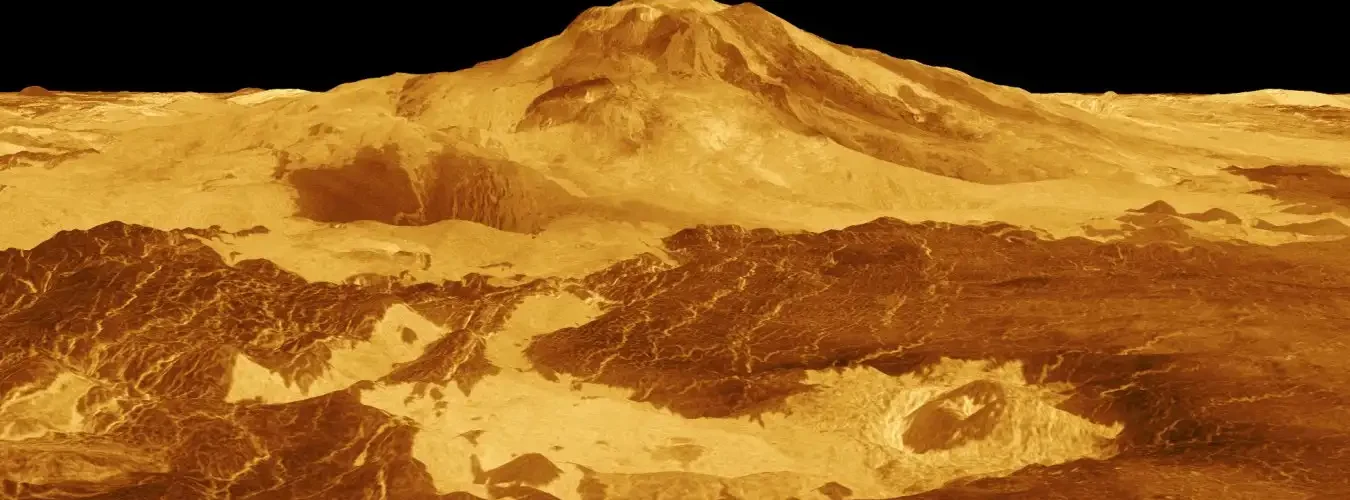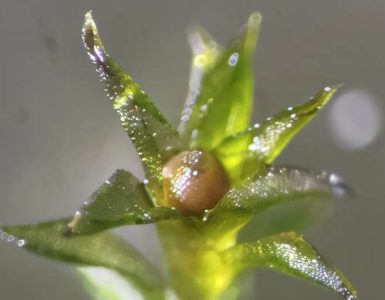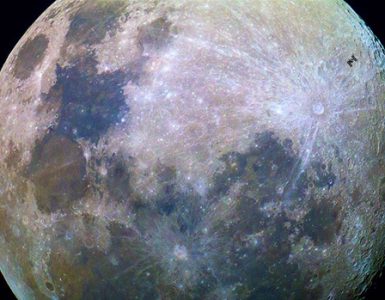Study hints at how Venus transformed into a hostile planet
By: Rhodilee Jean Dolor
The planet Venus formed around the same time as Earth around 4.5 billion years ago. Scientists believe that the two worlds started with similar amounts of water because they have the same size and similar structures.
Today, however, Venus is a stark contrast to the water-rich world that researchers believe it once was. It is the hottest planet in the solar system, hotter than Mercury, which orbits closest to the sun. The temperatures in this desolate world also reach around 880 degrees Fahrenheit, hot enough to melt lead.
Despite being often called as the Earth’s twin, Venus is far different from Earth that is teeming with life. The second-closest planet to the sun has 100,000 times less water than Earth.
According to researchers, if all the waters on Earth were evenly distributed all over the planet, the resulting liquid layer would be roughly 1.9 miles deep. In comparison, spreading Venus’ waters on its surface would only get 1.2 inches of liquid layer.
From Water World to Desert-like Planet
Scientists want to find out how Venus lost its waters despite sharing similar characteristics with Earth and being within the Goldilocks zone, the region around the sun with the right temperature to allow liquid water to exist.
Findings of a new research offers hints on how the planet became a desert world.
In a new study published in the journal Nature on May 6, Eryn Cangi, from the Laboratory for Atmospheric and Space Physics (LASP) at the University of Colorado Boulder, and colleagues used computer models of Venus to examine the diverse reactions occurring on the planet’s swirling atmosphere. Their objective is to identify the potential culprit behind the planet’s water loss.
Catastrophe likely struck Venus sometime in the past, causing clouds of carbon dioxide in the planet’s atmosphere to kick off a powerful greenhouse effect. This caused the waters to evaporate into steam and escape the planet.
The ancient evaporation cannot explain though why Venus became scorched and continues to lose water.
The study suggests that a molecule called HCO+ , which forms when water mixes with carbon dioxide in the upper atmosphere of the planet, could be the reason why Venus is now a parched world.
HCO+ is made up of one atom each of hydrogen, carbon and oxygen and is continuously created in Venus’ atmosphere.
The researchers said that through a mechanism known as dissociative recombination, the positive ions of HCO+ mix with water and form a positively charged molecule that attracts negatively charged electrons.
When they combine, the resulting molecule has so much energy causing it to break apart. The hydrogen that has become too energetic then escapes the planet’s atmosphere and strips Venus of one of the two components of water.
“Here we show that this consensus omits the most important present-day H loss process, HCO+ dissociative recombination. This process nearly doubles the Venus H escape rate and, consequently, doubles the amount of present-day volcanic water outgassing and/or impactor infall required to maintain a steady-state atmospheric water abundance,” the researchers wrote in their study.
Mission to Measure Molecules in Venus’ Atmosphere
The finding of the study is interesting because Venus should host larger than expected volumes of HCO+ in its atmosphere to be in its arid state, but scientists have not observed the molecule around the planet.
The researchers said that previous missions to Venus did not have the right instruments to detect HCO+ in the planet’s atmosphere, albeit the collected data show evidence of molecules that react to form HCO+.
They said that a mission that will measure the molecules in Venus’ upper atmosphere may hold the answer to why our neighboring planet became a dry world.
“There haven’t been many missions to Venus,” Cangi said. “But newly planned missions will leverage decades of collective experience and a flourishing interest in Venus to explore the extremes of planetary atmospheres, evolution and habitability.”
Water Loss on Other Planets
Previous research suggests that HCO+ is also possibly the reason why Mars lost large amounts of its water. Samples gathered by missions on the Red Planet indicate that this world used to have oceans on its surface, but these have since dried up.
In a study published in the Journal of Geophysical Research: Planets in January 2023, the research team of Bethan Gregory, also from LASP and one of the authors of the Venus study, explained the link between HCO+ dissociative recombination and the significant loss of water on planet Mars.
“Hydrogen needs energy to escape Mars’ gravitational pull, which can be sourced from the energy given to H atoms when they are produced by chemical reactions—this results in “hot” hydrogen.
Here, we show that one reaction, HCO+ dissociative recombination (HCO+ + e− → CO + H), which has never been considered before, produces more escaping hot H than any process previously studied. In some seasonal conditions, it accounts for more than half the H loss, while accounting for 5% on longer timescales.”
Studying water on other worlds, including how other planets lost theirs, can provide researchers with a better understanding of the factors that may contribute to the loss or retention of water on our planet. Water is a fundamental ingredient of life and without it, life on Earth would not be possible.
In their study, Gregory and colleagues wrote that HCO+ dissociative recombination may also impact other planets.
“HCO+ dissociative recombination is probably significant at Venus, where hot H escape is dominant, and perhaps at other rocky planets outside the solar system.”





